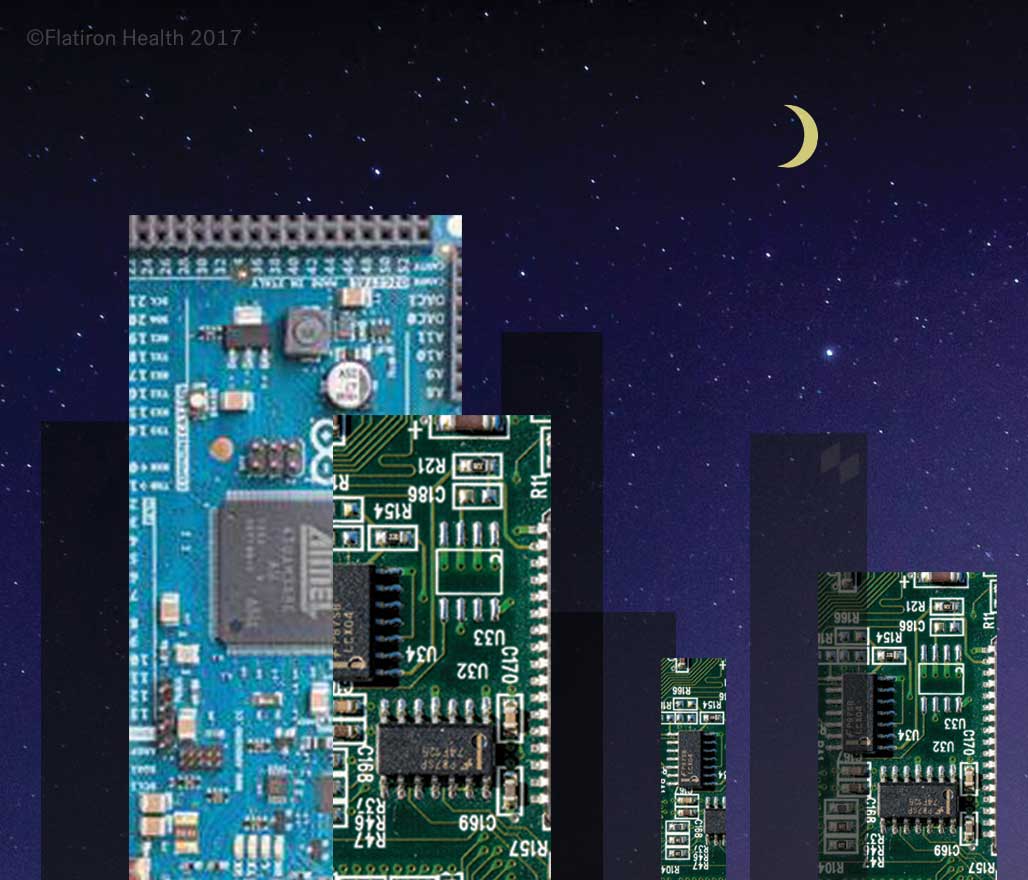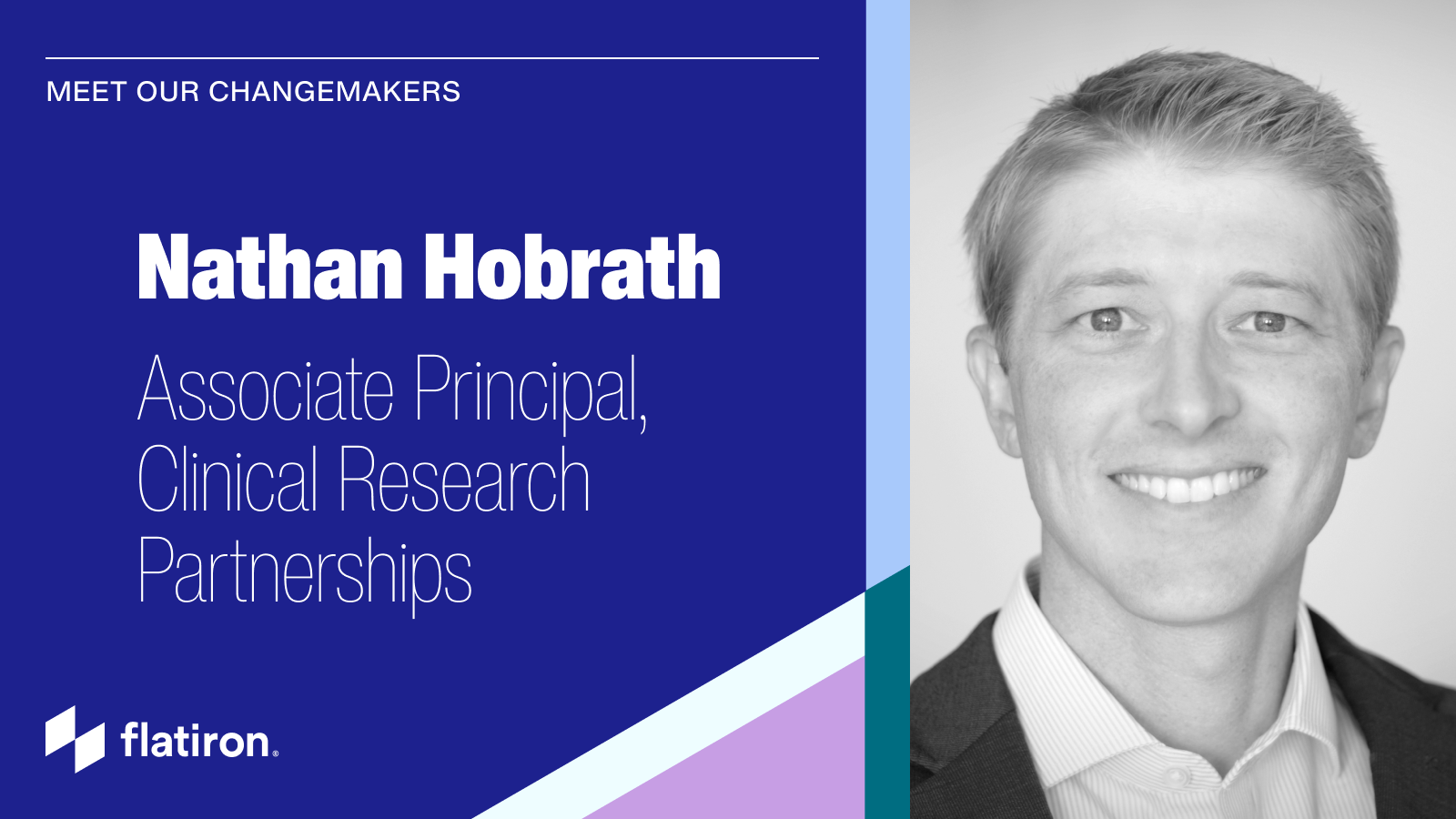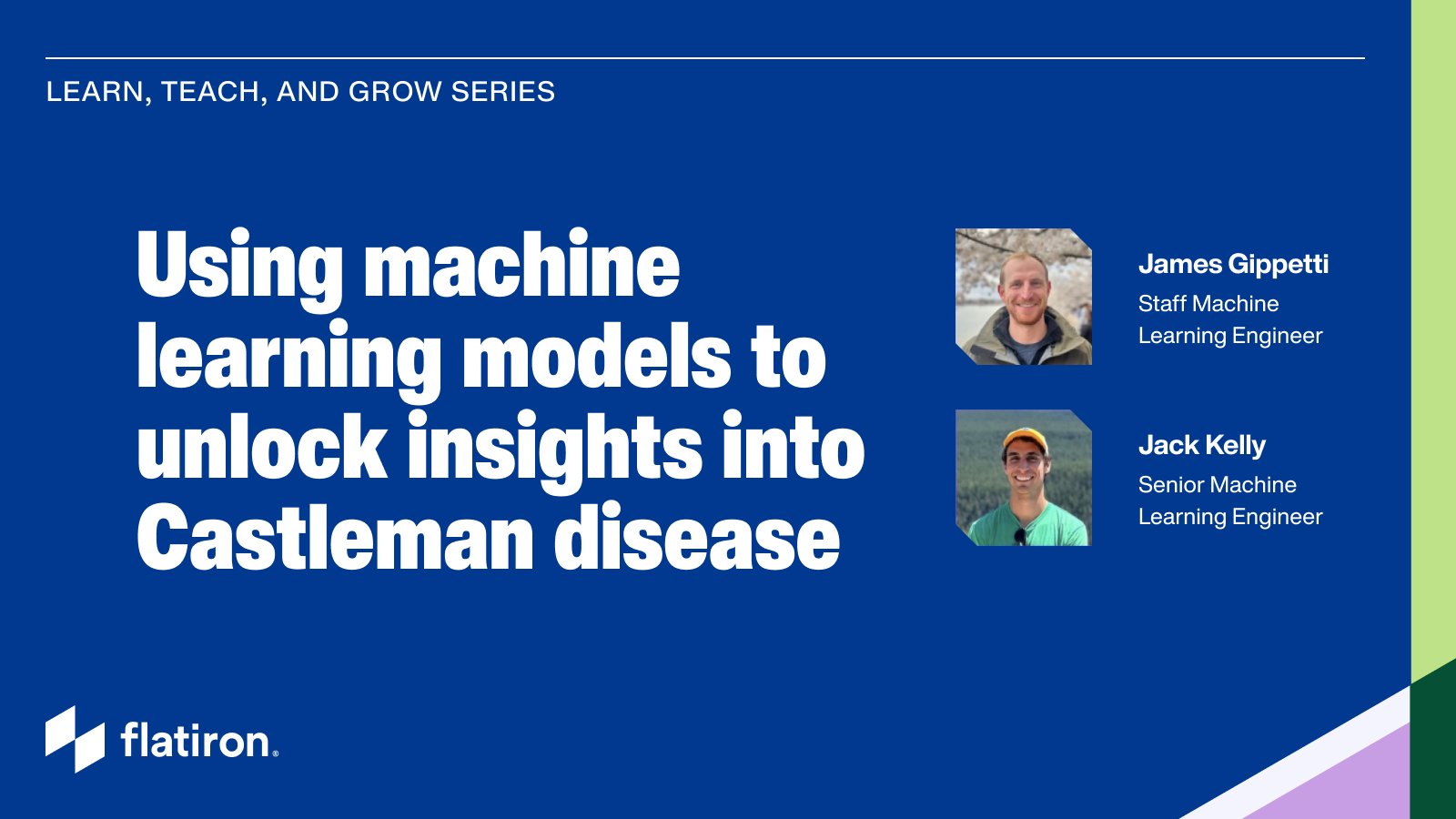In New York City, night is cloudy, soft, dusty. The haze of light pollution strips nocturnal things of their invisibility.
My daughter, two and a half, petitioning to have her last name changed from Williams to Chocolate Banana, makes her daily request to be lifted onto the windowsill of our apartment. I pull the heavy fabric of her blackout curtains aside and lift her up by the armpits. She perches, looks out, points.
Sightings that elicit excitement are fire trucks, blue cars, ice cream trucks, airplanes. Motorcycles are moderately interesting, worth mentioning but not screaming about. Taxi cabs are thoroughly unimpressive, despite their color.
Last night when we looked out together, we talked about all the windows lit up around us.
"You see all those brightly lit rectangles? There's a family living inside each of those. Maybe with a Lucy Chocolate Banana. Like us, but different."
We could see a guy watching TV, someone lying in a white bed, a woman at her kitchen counter, bent over the sink with poor posture, looking depressed while she does the dishes.
She scrubbed a thin film of egg from the lip of a frying pan. The blonde frizz of protein clung to the rough green back of the sponge. She flicked it off with a long, blush nail. She sucked in a long breath of cool air through her nostrils, exhaled it hot and slow through an open mouth. A door opened. A woman entered, hung her hat and coat on a hook by the front door. The women faced each other and spoke. They embraced.
There were hundreds, thousands. It's hard to grasp, in a city like New York, how all of these tiny apartments contain people, and all of those people are real. Each person is made up of stories, no more or less important than your own.
Data is like that, too; a clinical dataset is a discrete metropolis. Each trend in a dataset is the amalgamation of thousands of people, millions of stories. The medical record is a window, shades drawn.
Inside one window is a woman, barely 40, with three children under five. She felt a lump in the shower last April, a nodular density no larger than a cube of Captain Crunch. Triple negative breast cancer, the most aggressive and least treatable type. Another curtain pulls back to reveal a man, shoulders rounded with age and anxiety, fighting the pain deep in his bones to walk from chair to bed. Cancer weakens the bones until they can't support the rest of his body. His own weight causes his bones to crack. It's called pathologic fracture.
Looking in one window, at one person, doesn't teach us how the city thrives. When we pull back from it, we see the building; the height of it, its texture, the depth.
This was a routine visit. He mentioned back pain, a nonproductive cough. The doctor nods. He says it's probably nothing. He smoked thirty years ago. Ten pack years. The doctor orders an x-ray, then a CT to be sure. There's a white knuckle in the middle of the left lung. Nobody expected it. Spiculated is the word they use, like a rubber massage ball for plantar fasciitis, the feet of marathon runners. It hangs in the lung, does not circulate with air, a wet clump in the alveoli. They used the CT to learn where to insert the needle, fine and long. The doctor threads the needle into the right place, pulls the syringe back, sucking liquid tumor into its glass body. A ribbon of black blood waves.
In every record: a full human life. When you stack the stories high, thresh significant variables from the weeds of the minutiae of existence, you can see how quickly the cancer tends to spread. How long it takes to die. This is called medical research.
He is barely diagnosed before hospice. They never thread the long needle in. The cancer is in his lungs, brain, bones, the creases of his hips already. He can barely walk. It doesn't matter what the cancer is, its origin. There's nothing they can do. Someone found him on his living room couch, surrounded by the minutiae of average, unmovable life. Styrofoam to-go containers, sticky with thick syrup, the remnant of a banana pancake from two Saturdays ago, half chewed. Presumed non small cell lung cancer. Excluded from the dataset due to lack of confirmation.
When you look at the data, 30,000 dates of diagnosis on or after January 1, 2011, or 5,000 patients with a unique and aggressive strain of breast cancer, it's a blue bar, ascending from a black streak, inscribed. It's a scatterplot or a slice of pie. It's easy to forget that each pixel of the bar is a human life at its end, a clot at the heart of the long vein of a human life.
Just as zooming out allows us to tell the larger story, zooming back in connects us to the lives tangled, closing. By looking in the windows, we connect with the humanity in the architecture, from Lucy Chocolate Banana to the women embracing over a silver sink, with a pan lumpy with egg.



